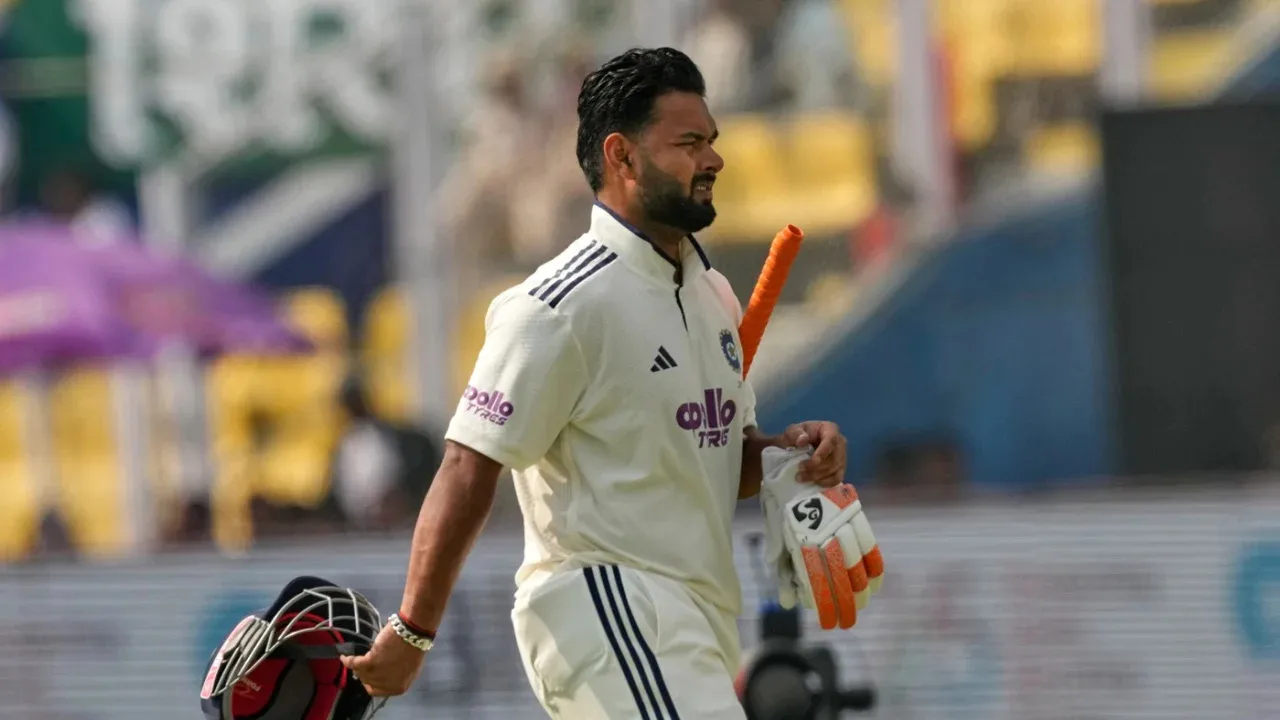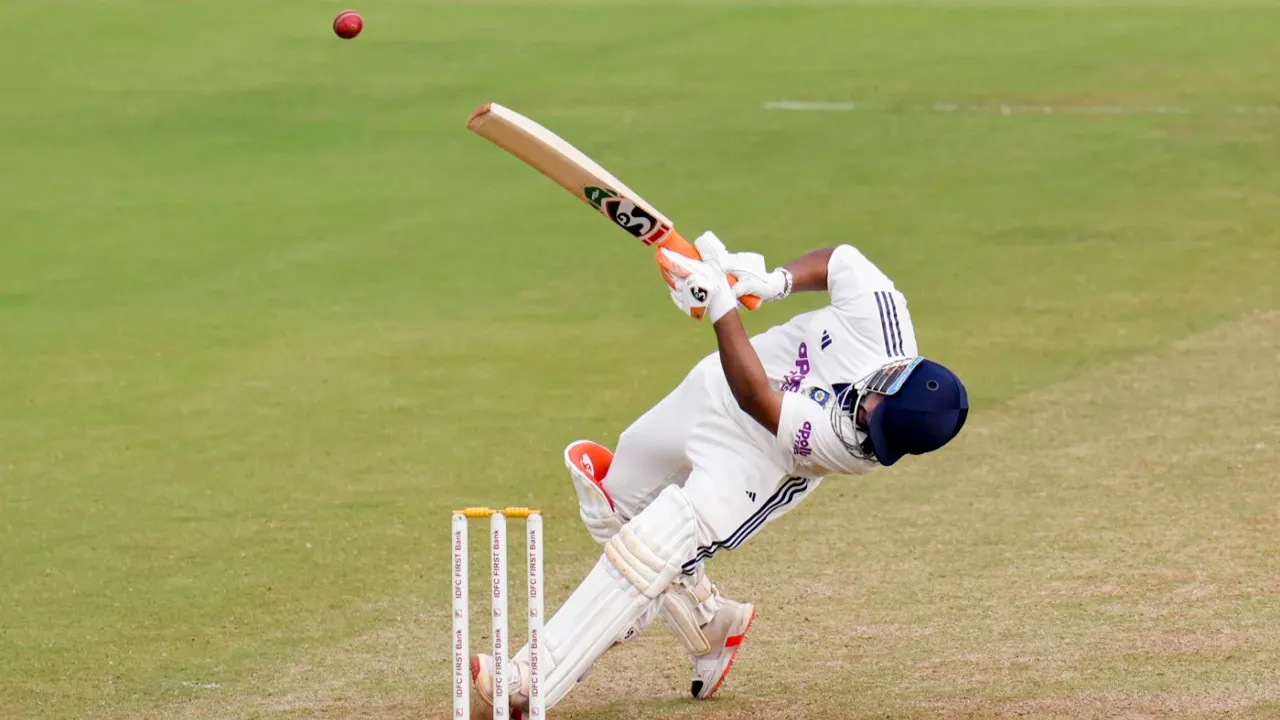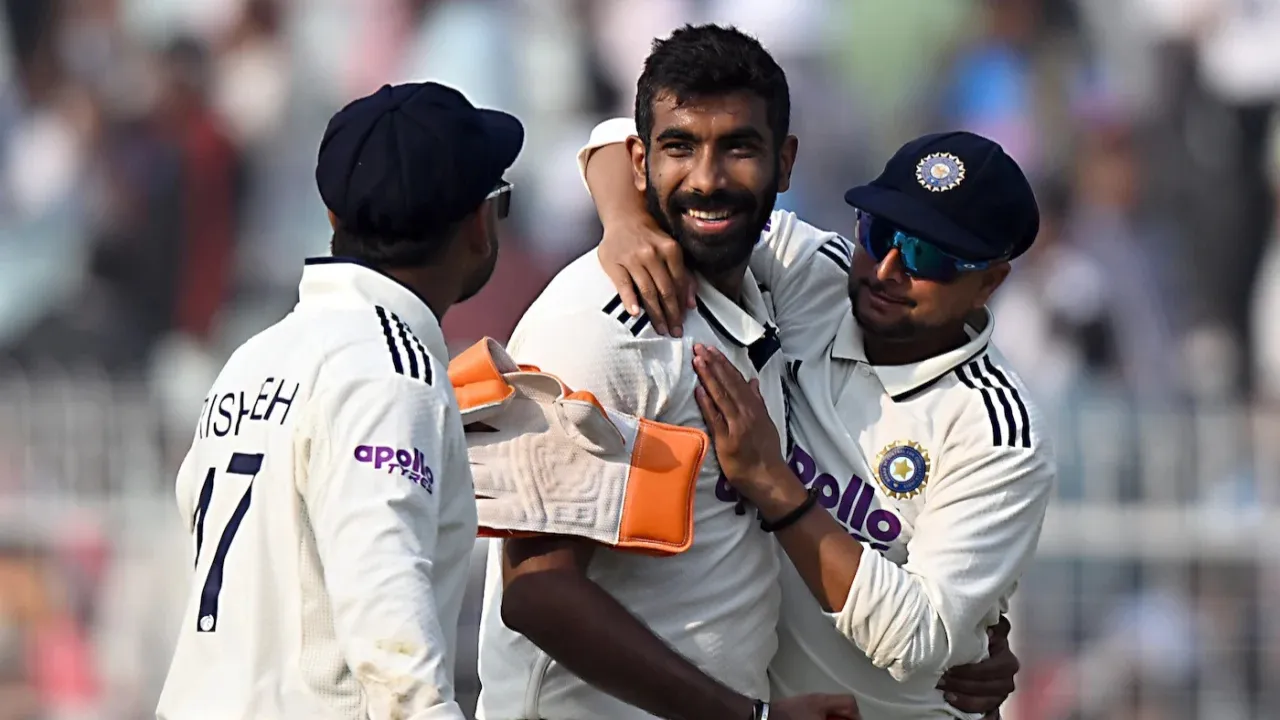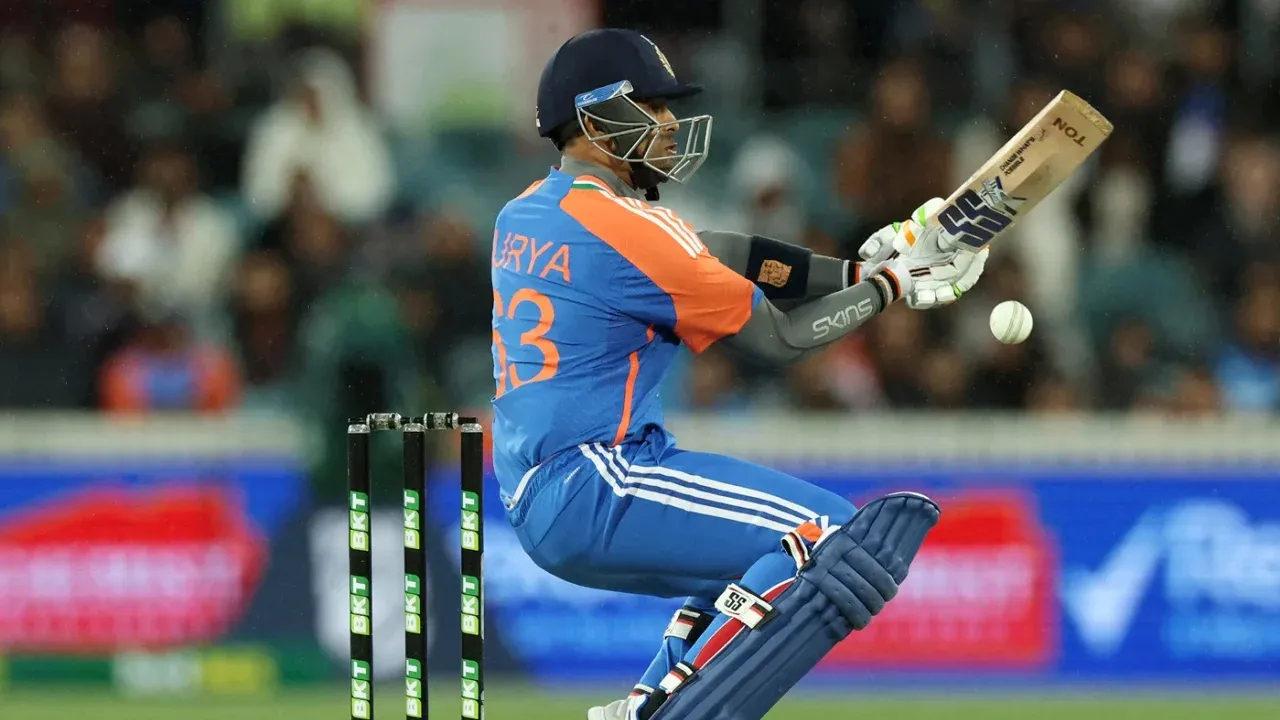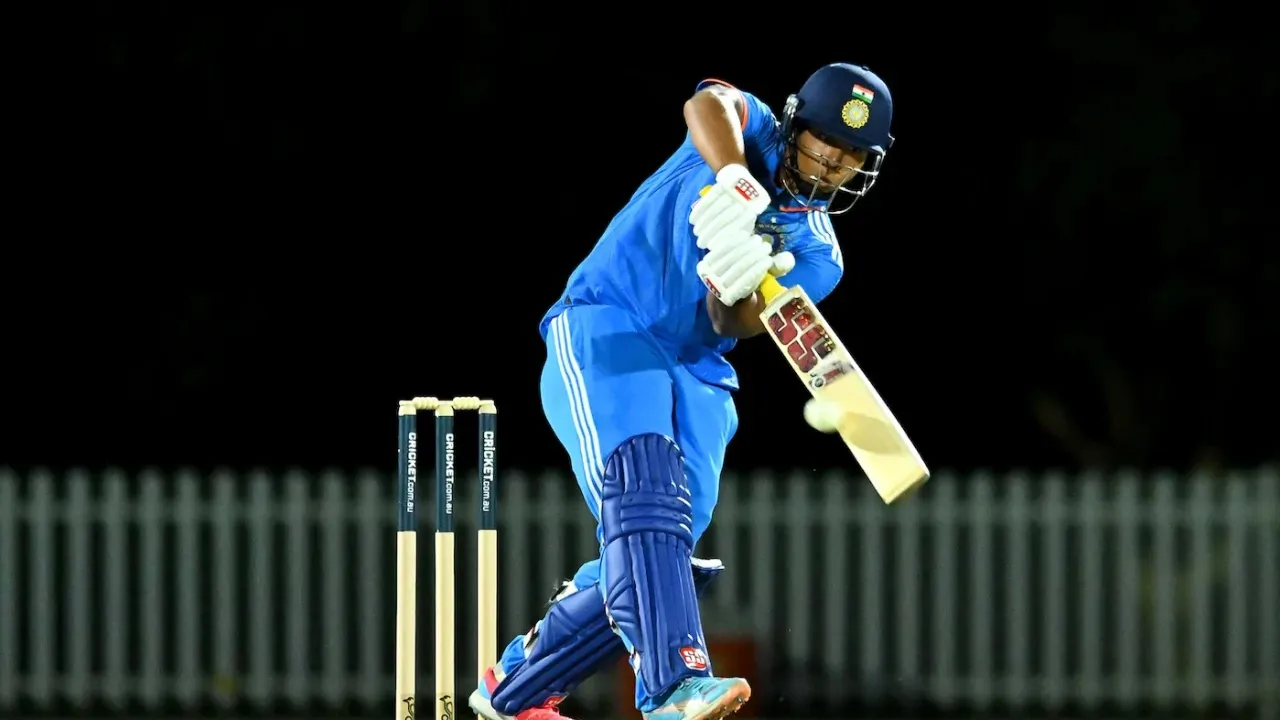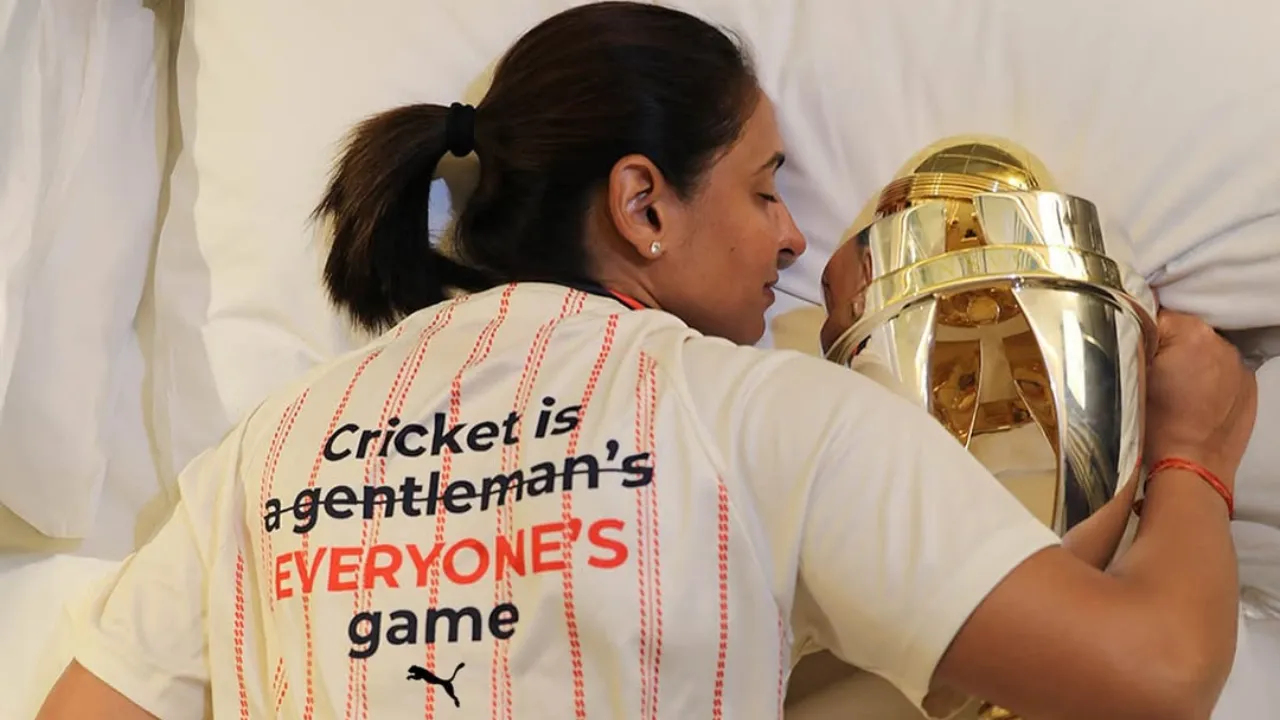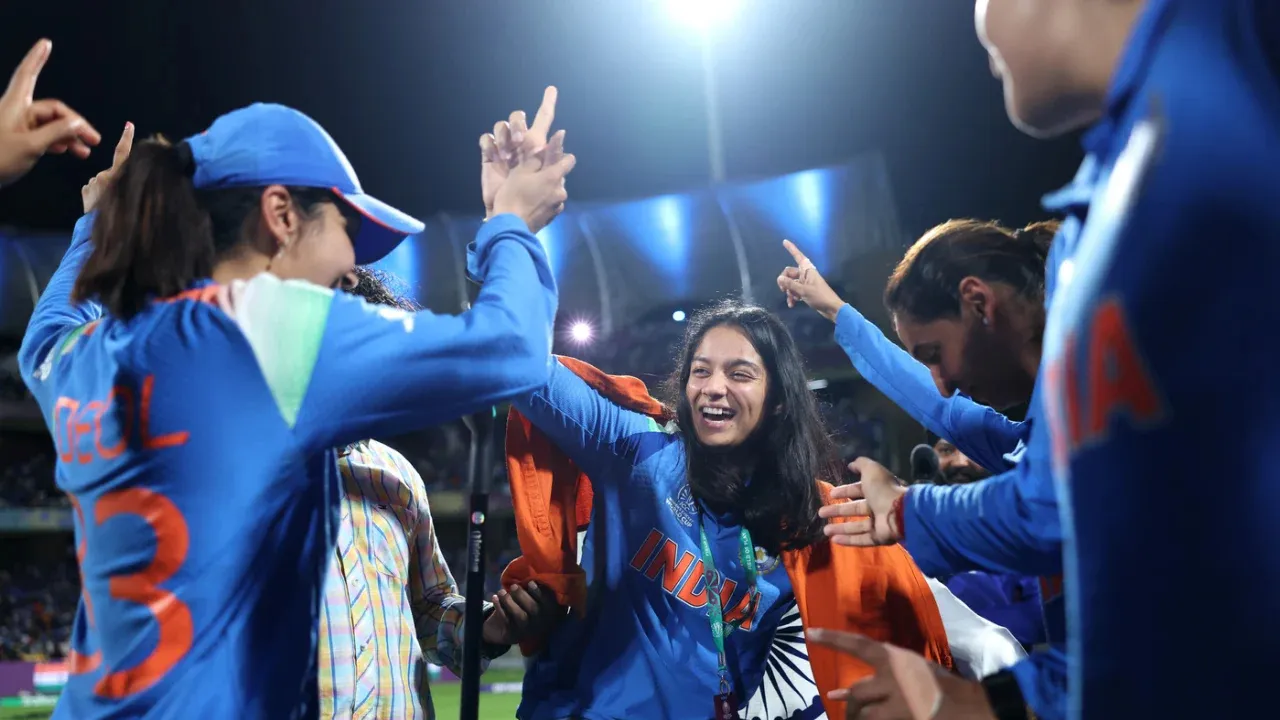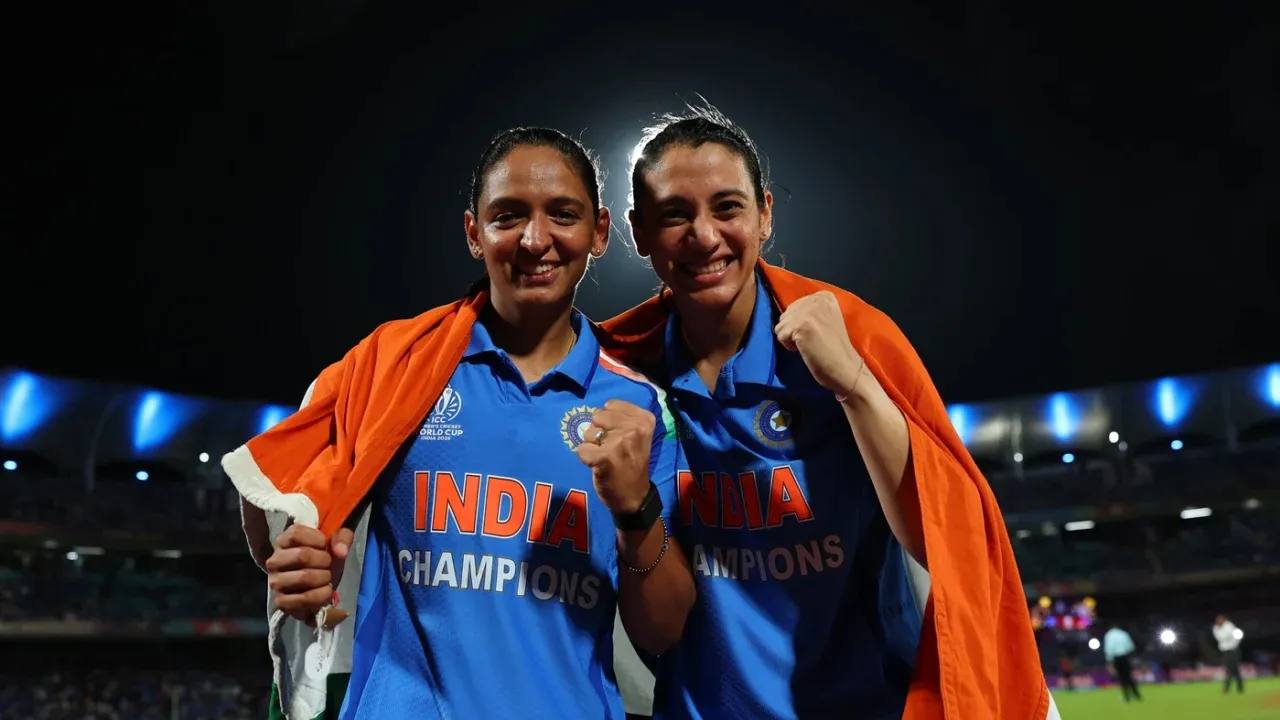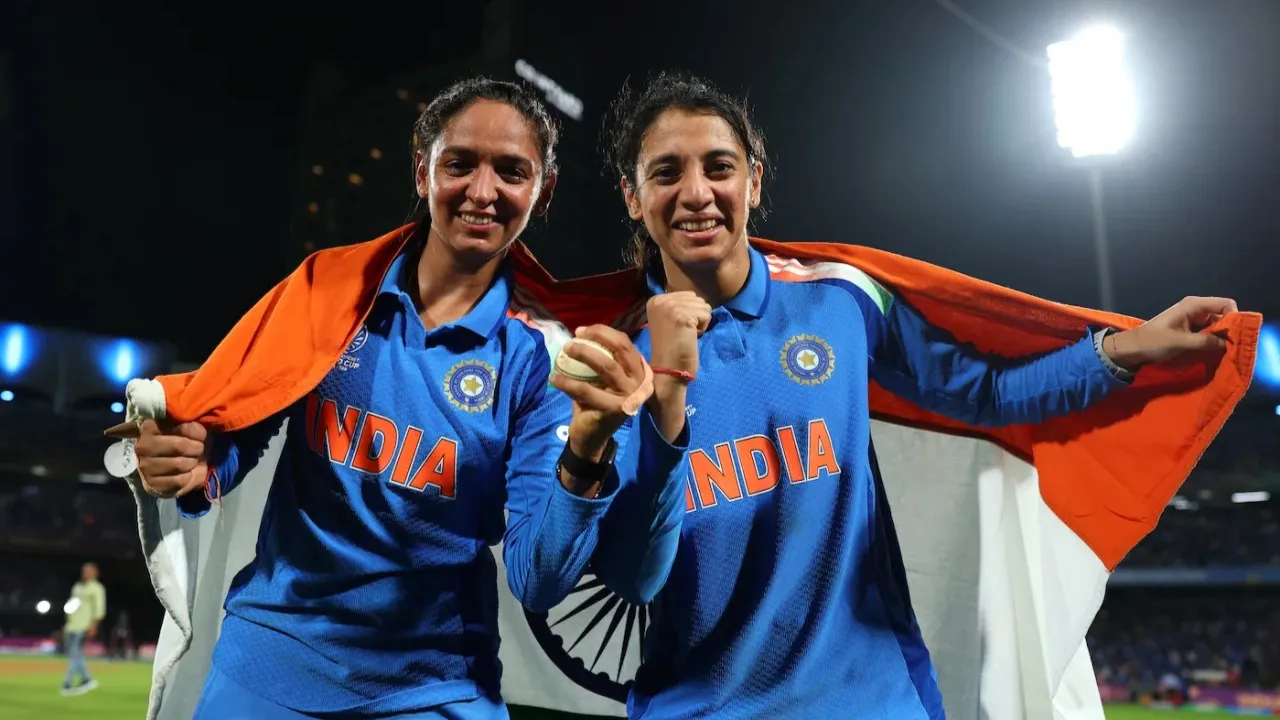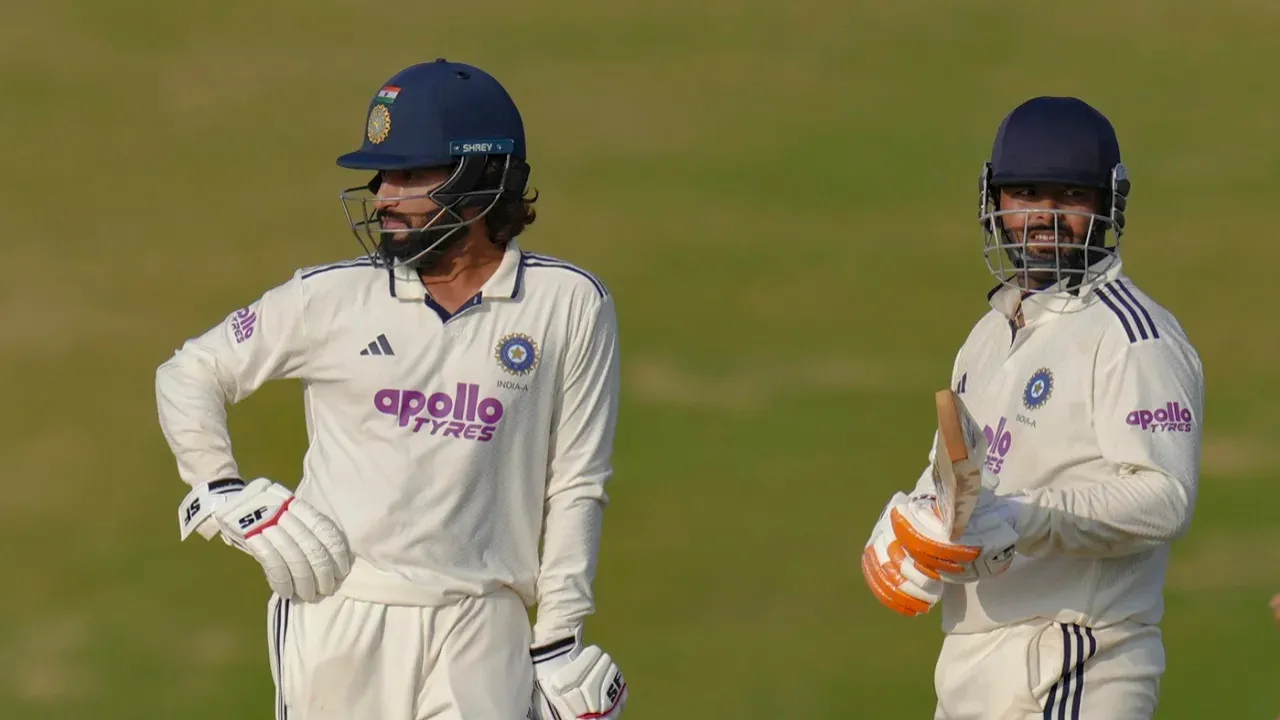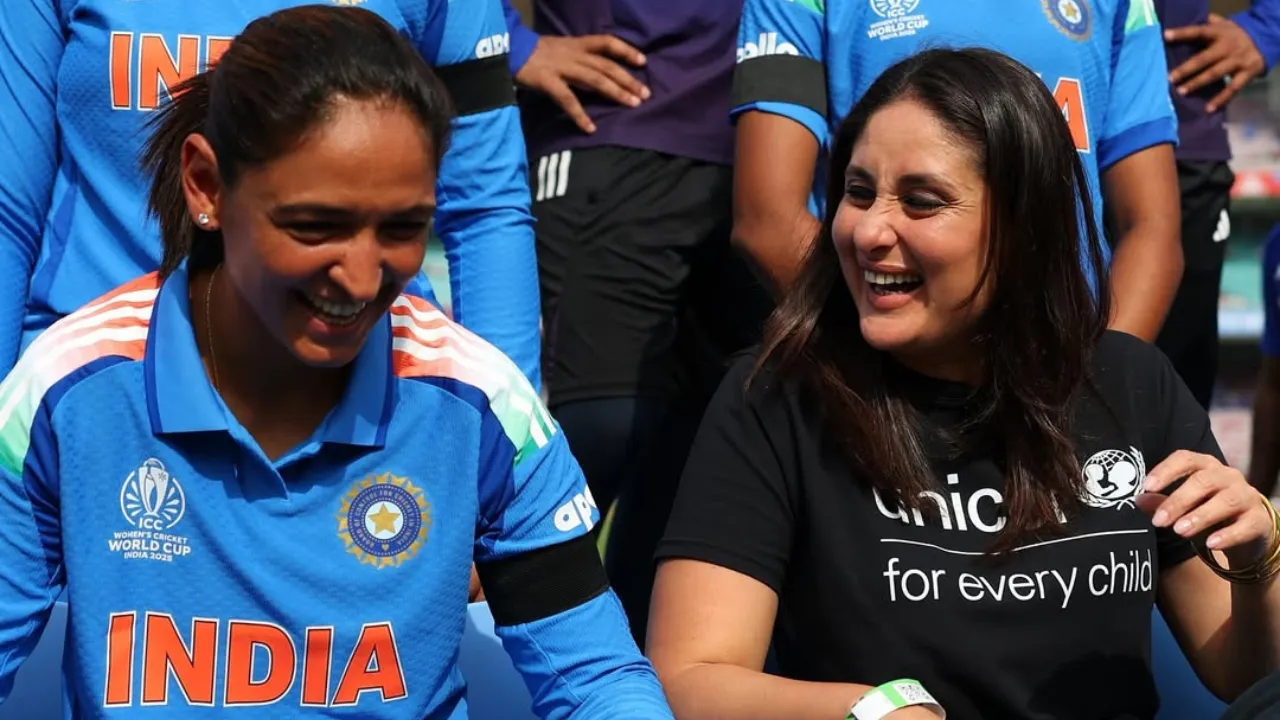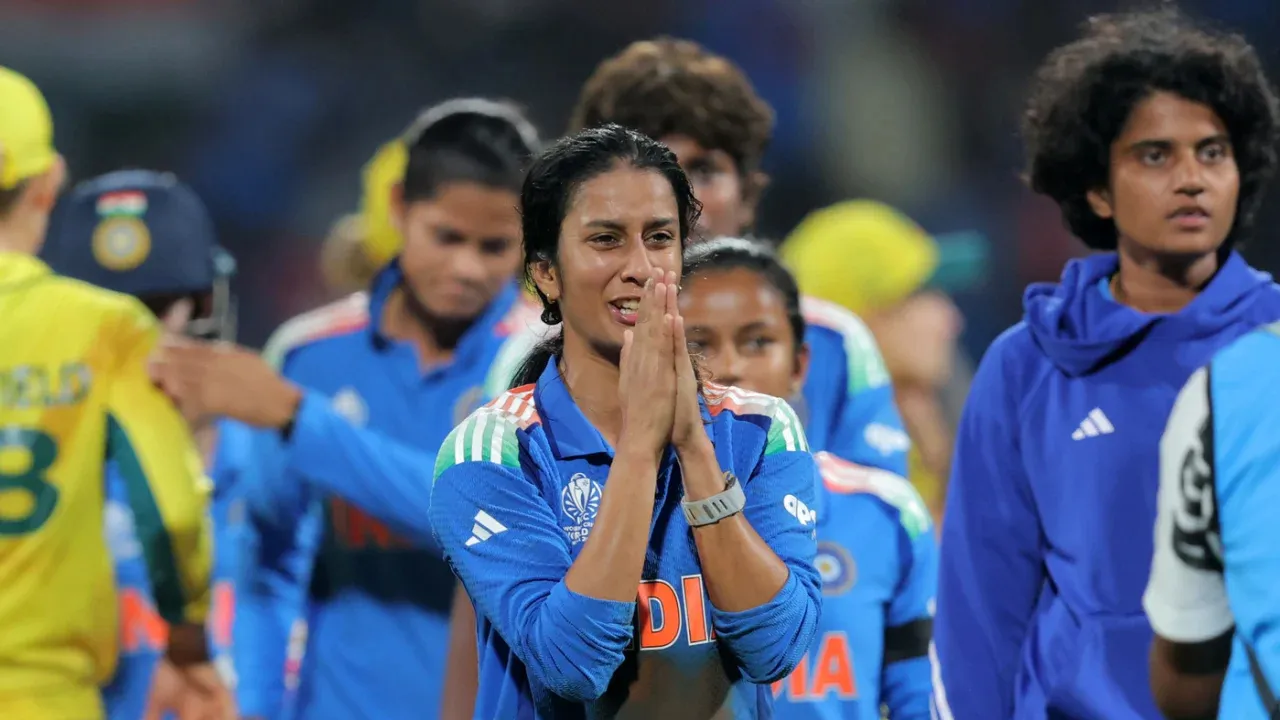“You can’t do that after facing 10 balls”: Kumble on Rishabh Pant’s dismissal
India’s second Test against South Africa in Guwahati produced drama on Day 3 — but not all of it was to India’s liking. The stand-in captain, Rishabh Pant, fell to a rash shot early in his innings and immediately drew sharp criticism from former greats. Among the strongest reactions was from Anil Kumble, who told commentators that Pant simply “couldn’t do that” after facing only a handful of deliveries. Here’s a clear, up-to-date breakdown of what happened, why experts were annoyed, and what it means for India going forward.
What happened: quick summary of Pant’s dismissal
Rishabh Pant came in during a tense period for India and attempted an aggressive shot against Marco Jansen. He was out cheaply — reports place his score at 7 (some outlets say he faced eight balls, while Anil Kumble referenced “10 deliveries” during live commentary) — and India found themselves in deeper trouble after a flurry of wickets. The dismissal was widely labelled reckless because of the match situation and the nature of the pitch.
Why Kumble’s comment matters for Rishabh Pant and team balance
“You can’t do that after facing 10 balls”: context behind the quote
Anil Kumble’s point was simple: Test cricket still rewards patience. In his Star Sports commentary, Kumble noted that Pant is a match-winner when he times his aggression, but that trying to take the game away after just a few deliveries undermines the team’s position. Whether it was eight balls (as ball-counting reports say) or the “10 deliveries” Kumble cited, the message was the same — situational awareness matters.
Why expertise amplifies the critique
Kumble is one of India’s most respected former captains and bowlers. When someone of his stature flags a tactical mistake, it resonates because it speaks to fundamentals — shot selection, reading conditions, and captaincy responsibility. That’s why the critique is less about personal style and more about game management at a high level.
Reactions from other experts and the public
Dale Steyn and others weigh in
Dale Steyn, too, used blunt language — calling Pant’s shot a “brain-fade.” Former players and commentators echoed similar concerns, saying the wicket came at a critical phase and swung momentum to South Africa. The chorus of criticism underlines that Pant’s dismissal wasn’t viewed as a one-off error but a lapse with strategic consequences.
Fans and teammates: mixed emotions
Social media and fan forums reacted strongly. Some slammed the shot as irresponsible given India’s precarious position; others defended Pant’s instinct to attack, noting his natural game has produced match-turning innings in the past. Even within the team, senior players and ex-players urged a balance between aggression and control — especially in Tests, where innings length and temperament are key.
The tactical problem: when aggression becomes a liability
Match situation and pitch reading
Reports from the match describe a good batting surface where traditional Test patience would pay off. Kumble specifically pointed out that this wasn’t a pitch demanding immediate aggression (unlike some subcontinental tracks where quick scoring can be justified). On a track where runs come if you wait, throwing away your wicket early hands the initiative to the bowlers. That’s precisely what critics said happened after Pant’s dismissal.
Captaincy responsibilities while leading from the front
This Test also marked an important leadership moment for Pant. As stand-in captain, his decisions and approach carry double weight: they set tone and strategy. Critics argued that while captains must sometimes lead aggressively, they must also anchor when the situation demands. The early dismissal removed a potential match-changing presence and, in critics’ view, reflected a missed chance to steady the innings.
What this means for Rishabh Pant’s short-term prospects
On form and selection
Rishabh Pant remains a key part of India’s white-ball and Test plans when fit and in form. One poor shot won’t erase his value, but recurring lapses under pressure could raise questions about his suitability for prolonged leadership roles in the longest format. For now, the priority for Pant is simple: convert intent into controlled, situational aggression.
How he can respond
The best response to public criticism in sport is performance. Pant should focus on two things: (1) reading the game situation better (knowing when to pick the moment), and (2) building longer innings when the team needs stability. If he does that, the “brain-fade” headlines will likely be a footnote in an otherwise impressive career.
Final takeaways: balancing flare with discipline
Rishabh Pant is one of the most exciting batters in world cricket — his ability to change a match with one session makes him invaluable. But Test cricket’s rules of engagement are different; patience, partnerships, and reading conditions matter more than a single flamboyant shot.
Anil Kumble’s observation — “You can’t do that after facing just 10 balls” — is a succinct reminder that timing matters. For Pant and India, the lessons are clear: play your natural game, but always through the lens of the match situation. Do that, and Pant will continue to be both the spark and the steadying hand India need.
Sources and fact-checks (latest available)
This article used live commentary and post-match reports from Star Sports and major outlets reporting on the India vs South Africa second Test (Guwhati, Nov 24–25, 2025). Key sources include NDTV, India Today, Times of India, Cricket.com and Hindustan Times for quotes, ball counts, and expert reaction.
Also Read: Tata Sierra Launched at ₹11.49 Lakh — Full Prices Drop in December
